Boot.dev Blog - Pg. 9
-
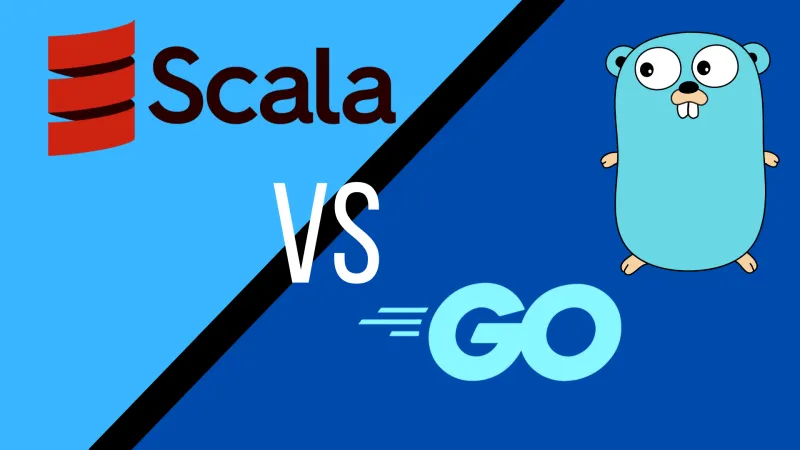

Scala vs Go: Comparing Everything You Need to Know
Aug 18, 2021 by Meghan ReichenbachScala and Golang are newer languages, only coming onto the scene after the turn of the century, but in that time they’ve managed to become two of the highest-paid languages for developers, with the industry benefiting from their fresh creation.
-


Death, Taxes, and Database Migrations
Aug 17, 2021 by Lane WagnerIn this world, nothing can be said to be certain, except death, taxes, and migrations. 🔗 Earlier in my career, I would come to a new project and inevitably a hectic migration would be underway. It’s not always a “stop the world” change, it can be as simple as switching from NPM to Yarn, but something is always changing. I used to naively believe my managers when they said cute things like “just this once” or “we’ll finally have our dependencies up to date.”
-
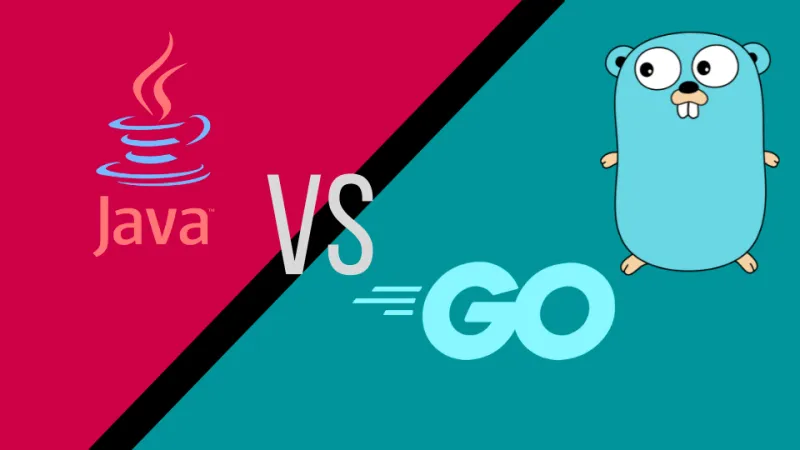

Golang vs Java: 6 Key Comparisons
Aug 04, 2021 by Meghan ReichenbachGolang (or Go) and Java offer an interesting comparison because despite their wide differences, there are also key similarities in how and where they’re used by programmers.
-
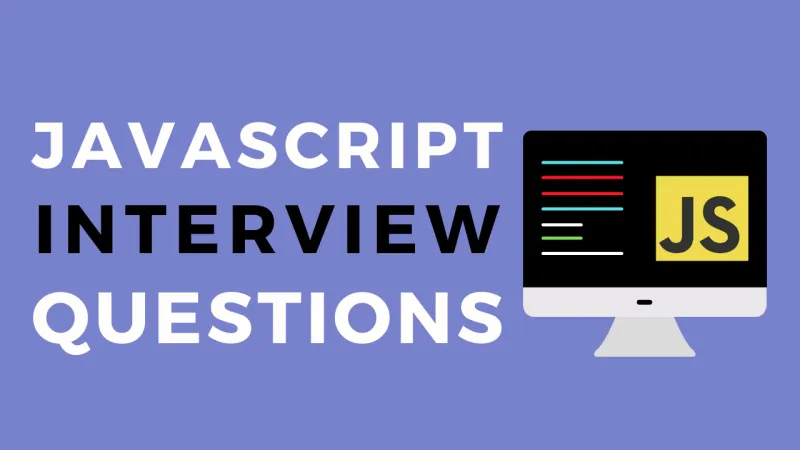

Top 20 Entry-Level JavaScript Interview Questions
Jul 29, 2021 by Jamie DunmoreVersatile, powerful and ever-present, JavaScript is the world’s most used programming language (for eight years and counting!) and shows no signs of slowing down. Check out these 20 practice interview questions for JavaScript! If you’re on the job-hunt for an entry-level position, read on.
-
Our Learn Python Course Has Released
Jul 27, 2021 by Lane WagnerWe’ve just launched our latest course, Learn Python. Start the “Learn Python” Course Now What’s more: to celebrate the release, we’re offering full FREE access to the entire course — yep, you can take the entire course for free for a month — but the code expires in just 14 days. Simply enter this code at checkout:
-


What are UUIDs, and are they better than regular IDs?
Jul 23, 2021 by Lane WagnerIn the context of back-end web development, an ID is just a unique identifier for a record of data. For example, each user on a website will have its own ID. If the site is a social media platform, then each post will also have a unique ID.
-


What is Go Good For? (And What Is Golang Used For?)
Jul 16, 2021 by Jamie DunmoreIn 2007, frustrated by some of C++’s inefficiencies and overcomplicated nature, and desiring a programming language designed specifically for multi-core processors and effectively managing large projects, three Google engineers, Robert Griesemer, Rob Pike, and Ken Thompson, designed the Go language.
-
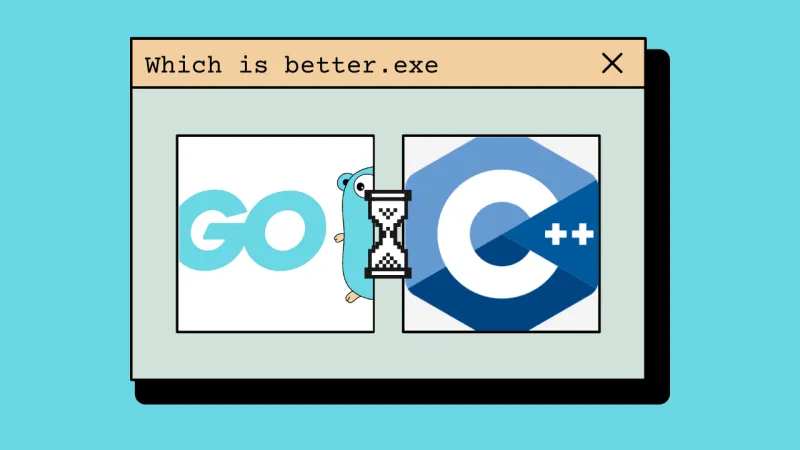

Golang vs C++: Which is Best For Your Next Project
Jul 12, 2021 by Meghan ReichenbachNeeding to be a math genius to learn to code is a thing of the past. High-level programming languages offer an alternative to low-level machine code, which makes coding more accessible than ever. Let’s dive into how Golang, a modern higher-level language, matches up to C++, a tried-and-true low-level language. We’ll cover the most important points like which language is more performant, which is easier to learn, which results in cleaner code, and which programming methodologies guide their respective designs.
-


Beautiful Language and Beautiful Code
“Dead Poet’s Society” is a classic film, and has become a recent favorite of mine. There’s a scene in particular that I enjoy, where Robin William’s character explains that it’s bad practice to use terms like “very tired” or “very sad”, instead we should use descriptive words like “exhausted” or “morose”!
-


Intro to the One-Time Pad Cipher
Jun 28, 2021 by Lane WagnerIn cryptography, the one-time pad, or OTP is a way of encrypting information so securely that it’s impossible to be cracked. That said, OTP has a major drawback in that it requires both parties to have access to the same key before a message is encrypted.
-


16 Great Coding Challenges You Can Try Out
Jun 24, 2021 by Zulie RaneCoding challenges are a fun way to improve your coding quickly. When I started to learn coding in school, coding challenges were the furthest thing from my mind. In fact, I was struck with one particular issue: I didn’t really want to learn to code. I didn’t care enough about coding. I didn’t care about the language. I wanted to get a decent grade and get out.
-


Building a Red-Black Binary Tree in Python
Jun 21, 2021 by Lane WagnerA red-black tree is a kind of self-balancing binary search tree. Each node stores an extra bit, which we will call the color, red or black. The color ensures that the tree remains approximately balanced during insertions and deletions. When the tree is modified, the new tree is rearranged and repainted to restore the coloring properties that constrain how unbalanced the tree can become in the worst case.
-


Quick Sort in Golang
Jun 17, 2021 by Lane WagnerQuicksort is an efficient sorting algorithm commonly used in production sorting implementations. Like Merge Sort, Quicksort is a divide-and-conquer algorithm. As the name implies, Quicksort is one of the fastest sorting algorithms, but you have to pay attention to detail in your implementation because if you’re not careful, your speed can drop quickly.
-


How to Write Insertion Sort in Go
Jun 14, 2021 by Lane WagnerInsertion sort builds a final sorted list one item at a time. It’s much less efficient on large lists than more advanced algorithms like quicksort or merge sort. Insertion sort is a simple algorithm that works just like you would arrange playing cards in your hands. A slice is first split into sorted and unsorted sections, then values from the unsorted section are inserted into the correct position in the sorted section.
-


Merge Sort in Golang with Examples
Jun 10, 2021 by Lane WagnerMerge sort is a recursive sorting algorithm and, luckily for us, it’s quite a bit faster than bubble sort. Merge sort is a divide and conquer algorithm.
-


Writing Bubble Sort in Go from Scratch
Jun 08, 2021 by Lane WagnerBubble sort is named for the way elements “bubble up” to the top of the list. Bubble sort repeatedly steps through a slice and compares adjacent elements, swapping them if they are out of order. It continues to loop over the slice until the whole list is completely sorted.
-


Check for Standards Before Creating a New One
Jun 07, 2021 by Lane WagnerI recently had a ticket opened on my team’s backlog board requesting the ability to bypass our API’s caching system. For context, our front-end team uses my team’s API to make fairly heavy requests to ElasticSearch, and one of the features of our API gateway is to cache the results of heavy aggregations for ~30 seconds. It turns out, every once in a while they need to run two of the same query within the ~30-second caching window and want an updated result set.
-


How to Properly Use Defer in Golang
Jun 01, 2021 by Lane WagnerWhat is the “defer” keyword in Go? 🔗 In the Go programming language, defer is a keyword that allows developers to delay the execution of a function until the current function returns. What throws some people off is that the deferred function’s arguments are evaluated immediately, but the function itself doesn’t fire until the wrapping function exits.
-


7 Critical Reasons Beginner Programmers Should Learn JavaScript in 2022
May 25, 2021 by Zulie Rane“Why learn JavaScript?” I asked my sister when she was in college and starting to pick up the fundamentals of JavaScript. “Isn’t it ancient? Do people still use it?”
-


Comprehensive Guide to Dates and Times in Go
May 17, 2021 by Lane WagnerKeeping track of time in code has long been every developer’s nightmare. While no language or package manages time perfectly, I think Golang does a pretty good job out-of-the-box. This full tutorial should answer ~90% of the questions you’ll have about time management in Go.
-


The 10x Meeting - Solving for Too Many Meetings
May 10, 2021 by Lane WagnerPerhaps you’ve heard of the fabled 10x developer (or 10x engineer) - the one on the team that’s 10x as productive as their average colleague. While many, including myself, doubt the existence of such people, I do think there are meetings that are 10x as productive as the average meeting. My goal in this article is to break down their properties so we can have 10x fewer meetings.
-


Concatenating with strings.Builder Quickly in Golang
May 04, 2021 by Lane WagnerThe Go standard library makes concatenating strings easy. Concatenation is just a fancy word for adding strings together to make a larger string. For example, if we concatenate "hello", " " and "world" we’d get "hello world".
-
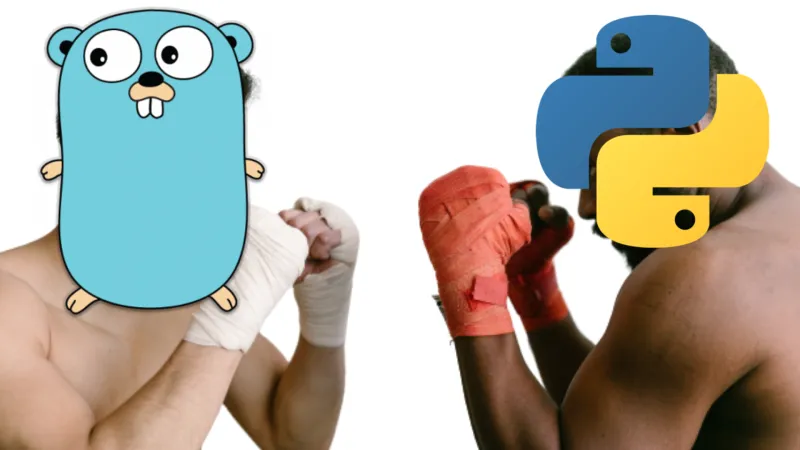

Golang vs Python: Which Language is Best For You?
Apr 29, 2021 by Zulie RaneThese two coding languages duke it out - but who’s the winner? 🔗 In a world where the ability to write any code at all is a tremendous advantage, often the biggest problem coders face is knowing which language to start learning, rather than whether to learn one at all. There are different languages for just about every purpose you could think of. Of those popular coding languages, programmers often face an intense battle of Golang vs Python. (The official name is Go, but the website is Golang.org, so programmers typically refer to it as either interchangeably.)
-


The Ultimate Guide to JSON in Go
Apr 28, 2021 by Lane WagnerAs a language designed for the web, Go provides extensive support for working with JSON data. JSON (JavaScript Object Notation) is an incredibly popular data exchange format whose syntax resembles simple JavaScript objects. It’s one of the most common ways for applications to communicate on the modern web.
-
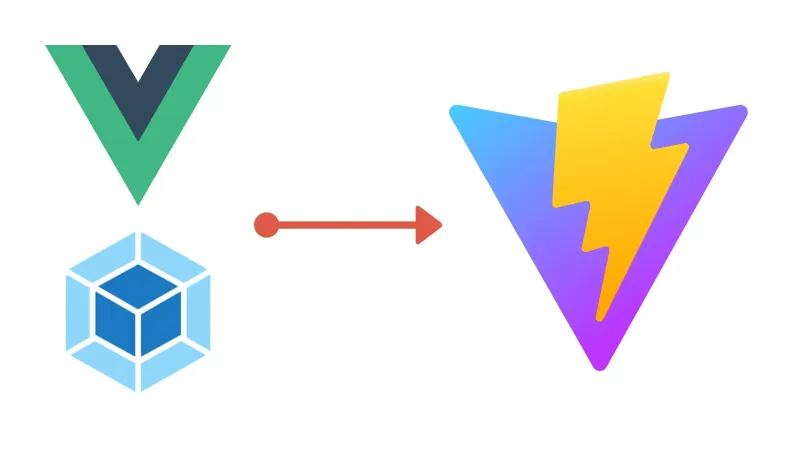

Migrating From Vue-CLI & Webpack to Vitejs
Apr 26, 2021 by Lane WagnerBoot.dev’s web app that hosts all of my coding courses is a single-page application written in Vue 2, with plans to migrate to Vue 3 soon™©®. In the meantime, I happened across a cool new tooling app called Vite that promised a few things that caught my attention.